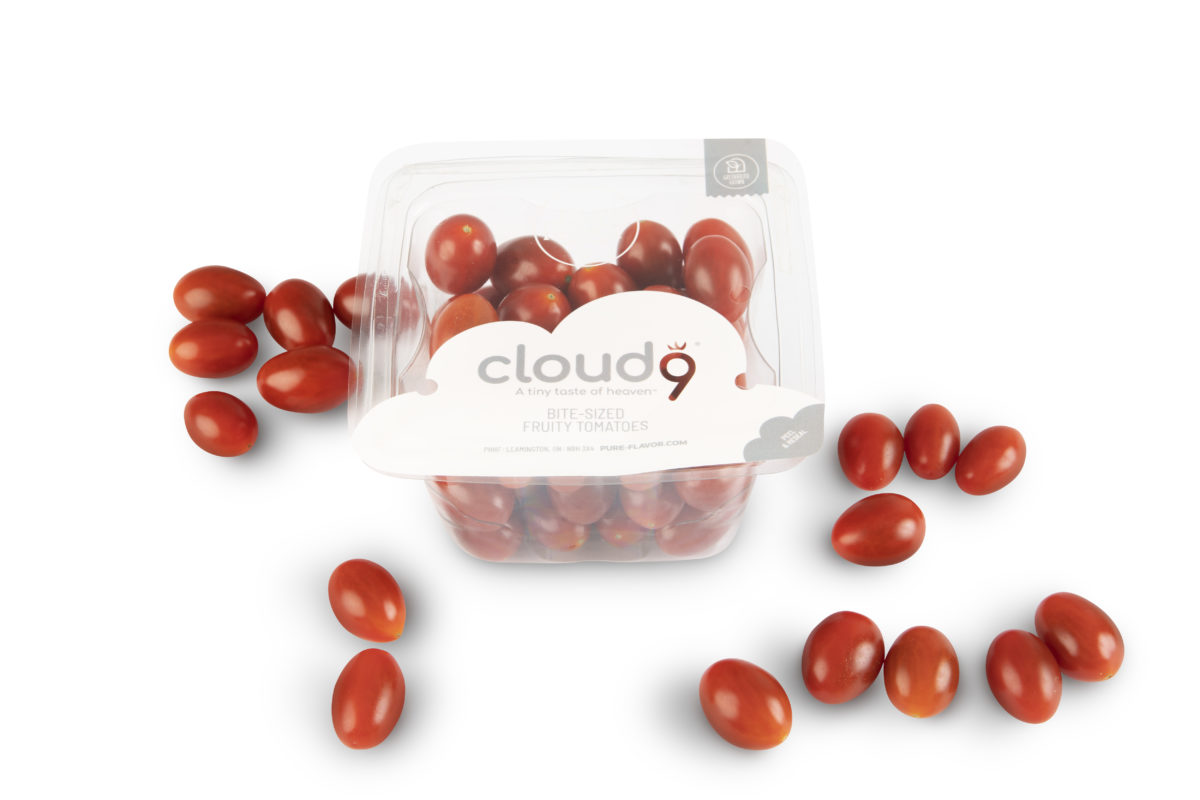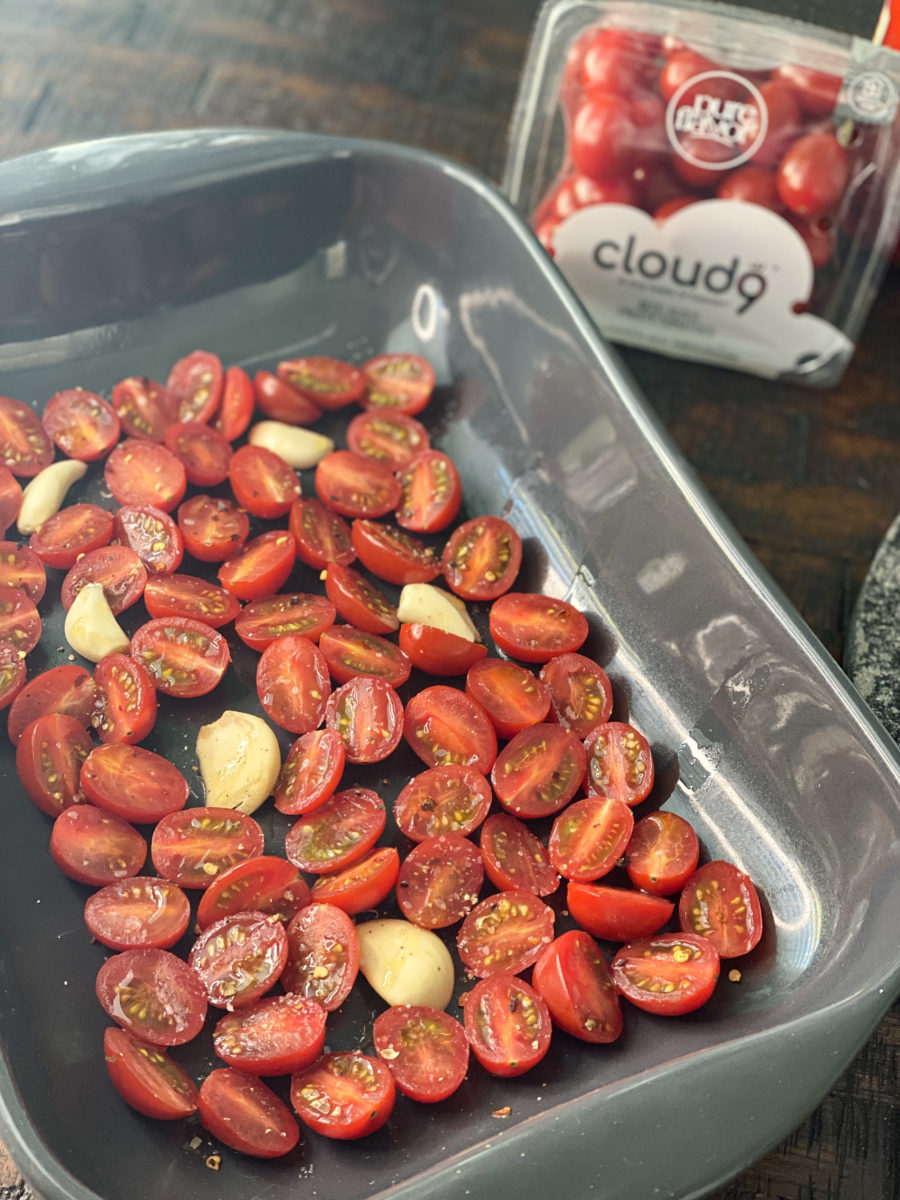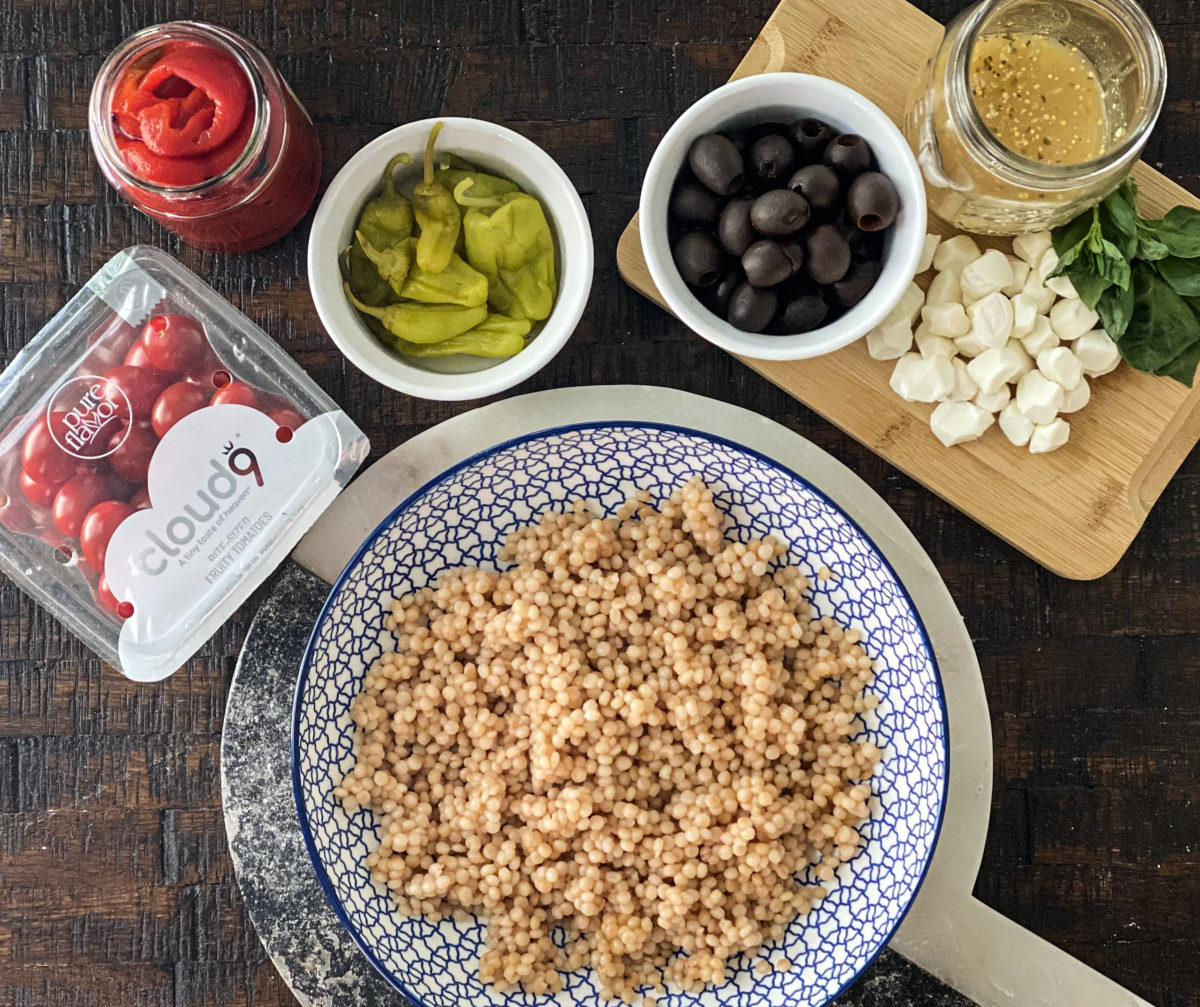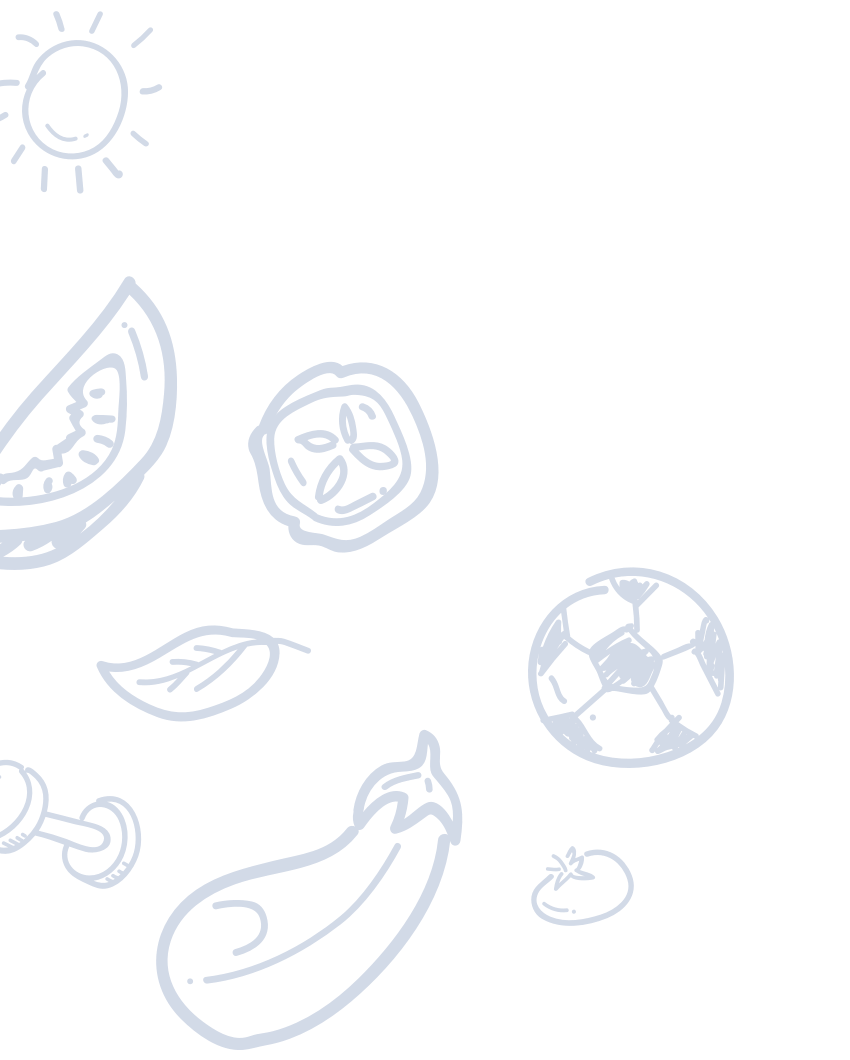When you think of couscous, your mind doesn’t typically think of the flavors of Italy, but rather Middle Eastern or African cuisine. Couscous is an extremely versatile ingredient that soaks up the flavor of what you’re cooking it with. It’s a great way to change things up at mealtime. Our friend Amber from A Toasted Crumb was inspired by the juicy burst of sweetness in our award-winning Cloud 9® Bite-Sized Fruity Tomatoes to create a dish that fuses ingredients and flavors into this spectacular Tuscan Tomato Couscous recipe.

One of the greatest debates amongst foodies is regarding whether or not couscous is a grain or a pasta. Spoiler alert: it’s neither! Couscous is in a whole category of its own. Traditionally, couscous is made by rolling moistened semolina in a bowl of flour. It’s not made with a dough, so that rules out pasta and it’s got a flour coating, so that disqualifies it as being a grain. No matter which way you view couscous, you can definitely create some spectacular dishes with the right ingredients.
That is just what Amber did. After sampling our premium snacking tomato, she knew she had to create a recipe for that is loaded with some wonderful flavors that will make you long for summer nights in Tuscany.
Before we dive into this recipe though, there are a few things you should know about preparing couscous so that this dish turns out perfectly every time.
Know Your Couscous
There are three main types of couscous you may see at the store:

- Moroccan Couscous – it’s the smallest type and will cook in just minutes.
- Israeli Couscous – also called pearl couscous, it is larger and resemble tiny pieces of pasta. It will take about 10 minutes to cook.
- Lebanese Couscous – is the larger of the three and will take the longest to cook.
It’s important that you pay attention to the type of couscous you are using for this recipe. Amber uses the Israeli, or pearl couscous for her recipe.
Tips for Cooking Couscous
Pearl couscous is similar in taste, texture and cooking method to that of pasta. Toasting it in olive oil before cooking is highly recommended, and just like pasta, you’ll want to cook it until it’s al dente to prevent it from overcooking.
For the most flavorful couscous, it is recommended that you cook it in a broth, whether it’s chicken, beef or vegetable, the couscous will soak up the flavor from the broth and make a tastier dish.
When you’re cooking your couscous and it’s tender, but all the broth hasn’t been absorbed, simply fluff it with a fork and carefully drain any of the remaining liquid.
Tuscan Tomato Couscous
For Amber’s recipe, the couscous is acting as the base for all the flavors to combine together. Our Cloud 9® Bite-Sized Fruity Tomatoes inspired her to explore a cuisine that doesn’t normally use couscous, but her fusion of flavors really works for this recipe!
Amber brings out more of the sweetness in the Cloud 9® Tomatoes by roasting them. She combines the tomatoes with olive oil, garlic, crushed red pepper, salt and pepper, then places them in a shallow baking dish. In a 400° F preheated oven, she lets them roast for 30 minutes.

While the tomatoes are roasting, heat olive oil in a pan over medium heat and add the couscous. Gently toast for 2 to 3 minutes, or until lightly golden. Add the chicken broth and salt, stir and cover. Let the couscous simmer for 10 minutes and then remove it from the heat to rest for about 5 minutes. Place the couscous in a serving bowl to allow it to cool slightly, then gently separate the pearls with a fork.
Remove the tomatoes from the oven to cool and gather the garlic from the pan. Add the garlic to a blender along with salt and all the vinaigrette ingredients. Blend the mixture until smooth, then pour it over the couscous and toss gently to combine. Place the tomatoes, mozzarella pearls, chopped red peppers and black olives into the couscous mixture and toss it again. Season with salt and pepper to your liking.
Garnish the finished dish with fresh pepperoncini peppers and torn basil leaves and serve immediately. If by some chance there are leftovers, no need to worry! This dish will keep in the fridge for 2 to 4 days in an airtight container.
To get the full recipe, click here.
For tasty recipes, plus more tips and tricks, make sure to sign up for Pure Flavor®’s monthly newsletter.


